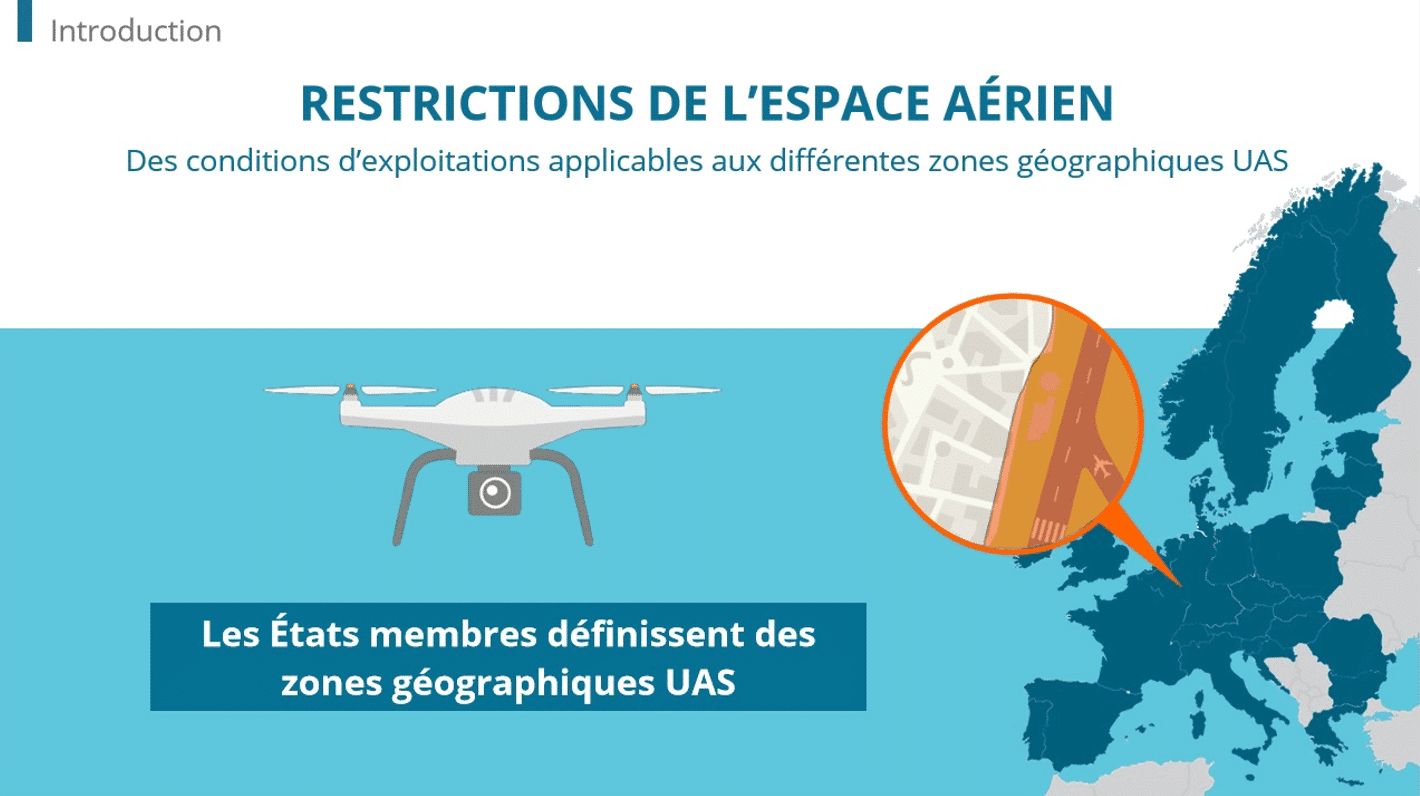GmP guidelines establish compliance and safety standards for work floor operations and product quality assurance. The regulations are set by governing bodies like the World Health Organization (WHO) and the Pharmaceutical Inspection Cooperation Scheme (PIC/S). The guidelines are extensive and can be cumbersome to navigate. Fortunately, training in pharmaceutical manufacturing can be managed on a company-wide scale with the adoption of an LMS with a ready-made GxP course in safety and compliance.
A GmP course like the one offered in our GxP course catalog covers the following compliance essentials.
Training in pharmaceutical manufacturing : Medicinal products
The product released to the end users must be tested and proven safe for public distribution. GmP covers the quality assurance standards that must be met, such as the following:
- Products must outline clear dosage instructions
- Products must outline possible side effects
- Labeling must outline when not to take the product (e.g. pregnancy, taking other medication)
This section encompasses a checklist, each of which must be satisfied before a medicinal product meets WHO and PIC/S standards.
Active pharmaceutical ingredients
The active ingredients that make up the medicinal product must be proven safe when combined in tablet, gel-cap, or liquid formula. There are strict adherence regulations pertaining to active ingredients, inactive ingredients, and proprietary blends. An e-course should cover the following:
- Instructions for listing ingredients
- How to list ingredients if part of a proprietary blend
- Proper citations when listing clinical studies of an ingredient
Training in pharmaceutical manufacturing : Quality risk management
There needs to be an organized system in place for assessing the efficacy of the standard operating procedures. For lab and work floor supervisors, what are the established steps that ensure product quality integrity throughout the product lifecycle? This may encompass various stages, such as development, testing, and manufacturing.
A GxP course can outline the “what”, “how”, and “why” of quality risk management, complete with instructions on how to execute the steps for quality risk assessment. This can encompass quality risk as outlined by WHO and PIC/S as well as company-level protocols.
Root cause analysis (RCA) and corrective and preventive action (CAPA)
GxP training includes a module on RCA; this is a process for identifying deviations and nonconformance in a product lifecycle. Once identified, parameters need to be in place to correct the discrepancy. Furthermore, preventive measures must be in place to ensure similar scenarios don’t recur in the future.
GxP protocols have established RCA and CAPA measures in place and are covered in detail in a compliance course, complete with actionable steps and demonstrations. Learn what to do step-by-step, the departments to notify, etc.
Facility, equipment, and utility conditions
Whether in a lab or manufacturing floor, there are regulations for maintaining facility cleanliness and sanitation. This isn’t limited to the facility interior, but everything inside. If there’s equipment, the course needs to cover operational and safe practices when the machinery is in use. For the machinery itself, there needs to be procedures regarding maintenance, calibration, etc.
For manufacturing and assembly lines, there needs to be a module dedicated to safety when vehicles, conveyors, and robotics are in use. For laboratories, there should be a strict emphasis on decontamination (e.g. washing hands every 30 minutes, how to handle spills).
Computer system validation
21 CFR part 11 is a comprehensive guideline established by the Food and Drug Administration. It covers safety and compliance measures when accessing electronic documents. It further states how electronic signatures must be handled to prevent fraudulent and unauthorized use.
Pharmaceutical sectors are required to follow most of the FDA’s provisions, including 21 CFR Part 11. GxP courses cover this, and most LMS and cloud platforms like Dokeos have encryption and other strict cyber-security implementations in place in adherence to 21 CFR Part 11 requirements.
Internal and independent auditing
All of the aforementioned guidelines are subject to audits. Courses cover what will be reviewed and inspected in an audit and what constitutes pass/fail. By knowing what’s subject to inspection, companies can conduct their own internal audits to ensure they’re prepared, even when an audit occurs unannounced. Modules on audits can be reserved for supervisors and higher-ups, though it can also be disseminated to general learners, so they know why GxP is important and the effects it has on their respective job roles.
Training in pharmaceutical manufacturing simplified with Dokeos GxP Course
Training in pharmaceutical manufacturing can appear intimidating due to the seemingly endless mound of regulation after regulation. Fortunately, our extensive catalog of ready-to-use GxP courses eliminates the guesswork. Simply sign up and get your employees enrolled. Each of our GxP courses is 100% remote, CPD/CEU accredited, and is automatically updated when there are amendments.
Over 3,000 organizations and their staff have been certified under our course(s). Each course comprises over 130 hours of course content, with updates every month. With over 85 GxP courses, we cover manufacturing, life sciences, anti-corruption, medical devices, and more. Browse our catalog and sign up for a course today.
















